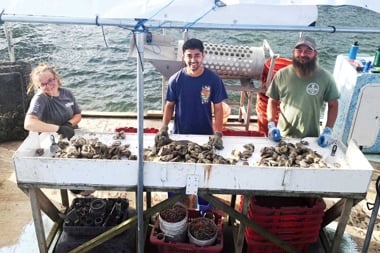Wildlife Wednesday: Harp Seal

Learn about the harp seal - an Arctic cutie thats treading on thin ice.
Fluffy, white, and adorable might evoke visions of a polar bear cub, but there’s another Arctic dweller deserving of our attention: the harp seal. This puppy-faced fellow has been in the news recently, and this Wildlife Wednesday we explain why.
Habitat: the cold waters of the Arctic and northern parts of the Atlantic Ocean.
Harp seal trivia
- A mother harp seal can identify her pup’s unique scent from hundreds of other seals’.
- They can remain underwater for up to 15 minutes.
- Harp seals are also called saddleback seals due to dark markings on the back and sides of their bodies.
- Each year, these seals return to the same three breeding grounds—around Newfoundland, the Greenland Sea, and the White Sea—making them an easy target for hunters.
- Baby harp seals are known for their fluffy white coats, which are ridiculously cute and have led to the nickname “whitecoats.” Sadly, the fluff is fleeting: pups shed their coats about three weeks after birth.
Why they’re threatened
Currently, harp seals are listed as a “least concern” species; however, melting ice and hunting put them at risk. The seals rely on stable ice to rear their young, but warming of their breeding grounds puts pups in danger of being stranded. Particularly in the North Atlantic, this problem has put more baby seals on thin ice each year.
About 900,000 seals per year are also hunted worldwide. Recently, the European Union’s ban on the import of seal products has caused some to harp on the new rules. Although aboriginal hunts are exempt from the ban, the Canadian government has appealed the decision on the basis that imports from legal Canadian hunters would still be disadvantaged. Meanwhile, anti-sealing activists are stamping the ban with their (harp) seal of approval. So far, the World Trade Organization has ruled to keep the ban in place.
Regardless of which side of the debate you fall on, each of us can help preserve the harp seals’ habitat. To start, shrink your carbon footprint by implementing a few simple lifestyle changes.




